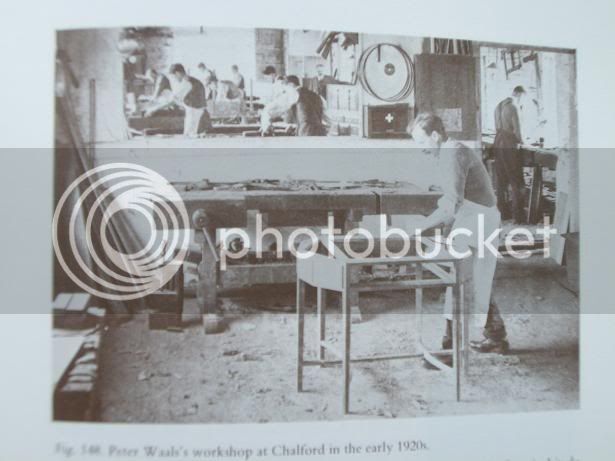A
Anonymous
Guest
Re 7 or 8 - if you are a collector then of course you should have both.woden":3r4z2lku said:Given that Stanley, etc. planes tend to be too light when compared with those turned out by the top makers today should you go for the heaviest option for a particular task when buying on older plane? A 5 1/2 instead of a 5 or a no 8 instead of a no 7? :?
If a woodworker then you could easily get by without either, if you already have a good jack. They are both a bit specialist, and the 8 more so which means the 7 is likely to be more useful if you must have one.
Re heaviness; in my experience lighter is better if it's woodwork your at, especially if you are likely to do a lot of stuff by hand. A light wooden jack is much easier on the arms than a steel one AOTBE.
A collector might prefer the heavier ones as they tend to be more expensive.
cheers
Jacob

































